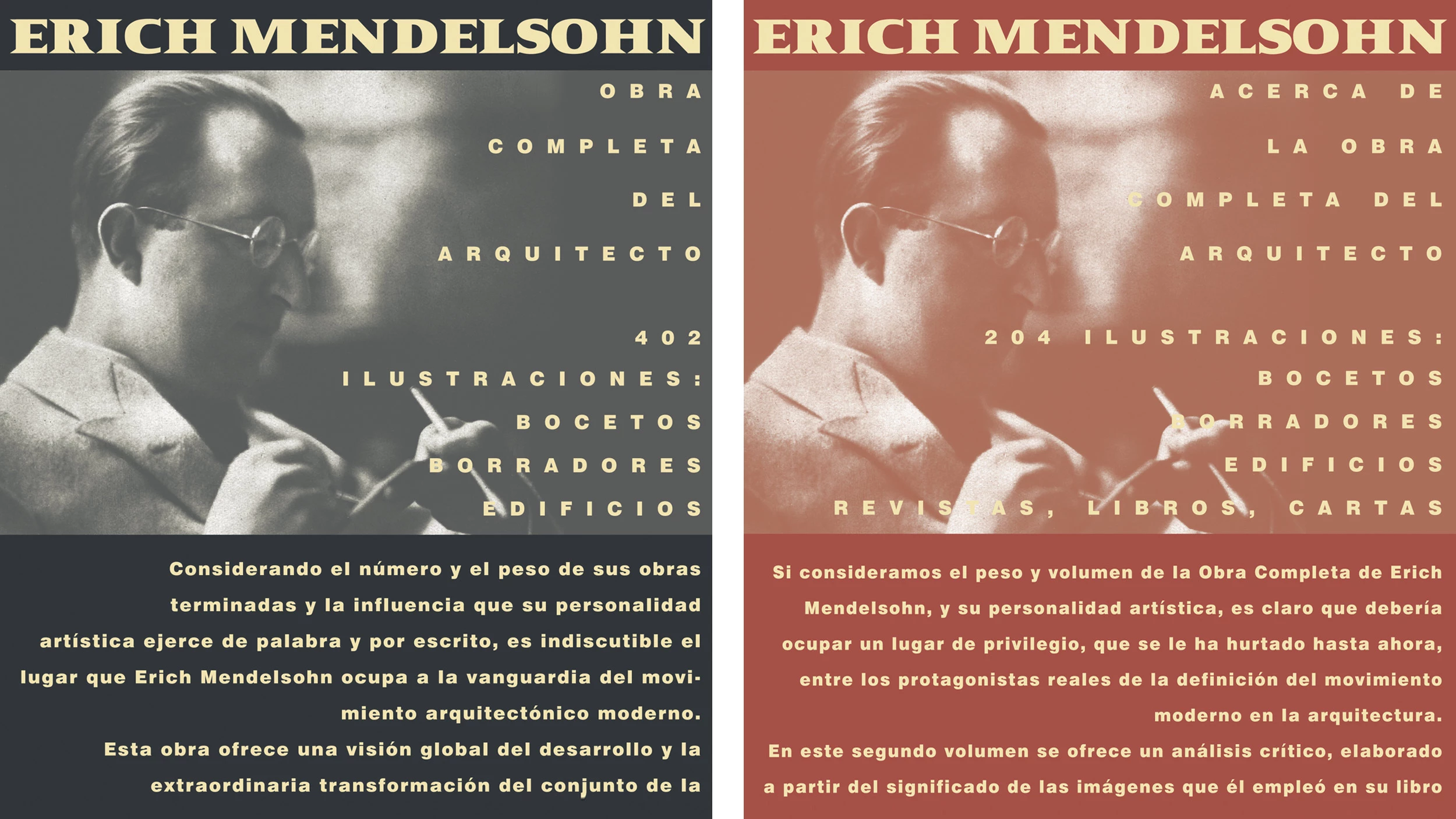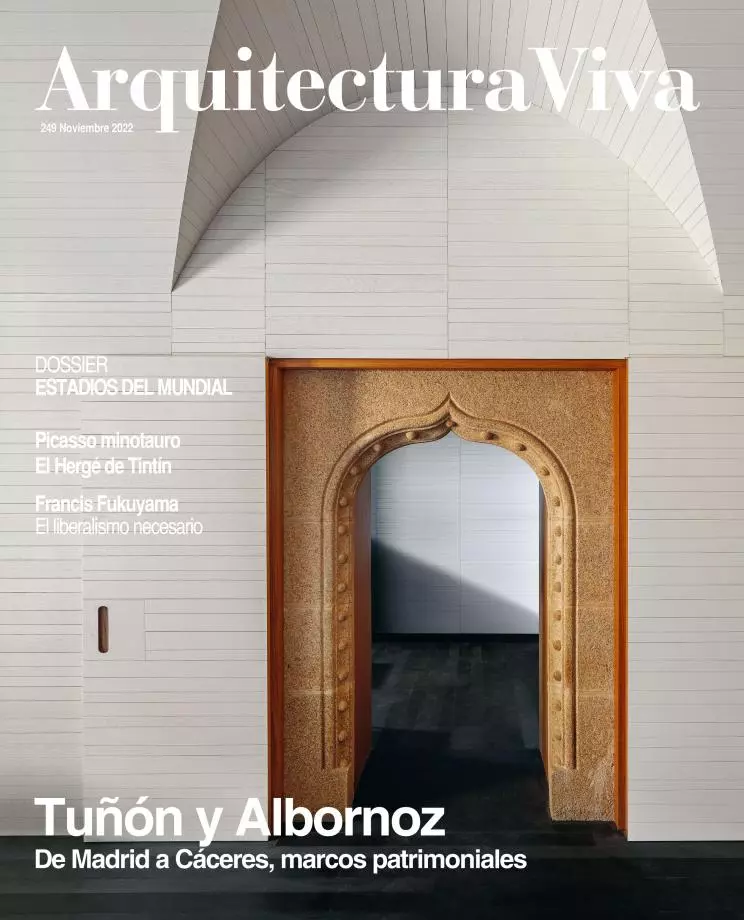
When dealing out its gifts, fortune tends to be arbitrary, even irascible, especially when dealt out by critics, who are tainted by subjectivity, or by historians, who are obsessed with taxonomy. Subjectivity and taxonomy are to blame for the fact that great architects who did not comply with dominant tastes and whose personalities made them hard to fit into stylistic classifications were doomed to be forgotten. The case of Erich Mendelsohn.
The canonical histories of the Modern Movement reduced this exceptional architect (1887-1953) to little more than a footnote. A footnote to an intriguing but oversimple narrative: the architect who made beautiful sketches in muddy World War I trenches to later realize his neo-romantic dreams in buildings as strange as the Einsteinturm in Potsdam, while working on a host of commissions, many commercial ones, thanks to contacts with wealthy German Jews.
That Mendelsohn’s architectural personality was too big for such a storyline is seen in testimonies of the period, which paint a much richer, more complex portrait. On the one hand an architect who was super-gifted for drawing, and able to handle different types and scales without renouncing his language of curved forms evoking the mechanistic objectivity, flavored with expressionist subjectivity, that characterized 1920s Germany. On the other an influential thinker and promoter of ‘modern architecture,’ whose speaking engagements and publications were followed all over Europe before his stardom was eclipsed by figures preferred by ‘official’ criticism: Le Corbusier, Mies, Gropius…
By World War II’s end Mendelsohn, probably the most admired and imitated architect in the early 1930s (Spain has the Capitol and the Barceló cinema in Madrid, plus the Club Náutico of San Sebastián), had been pushed aside as a rarity, and despite efforts of German experts to salvage him, he remained a recluse in the limbo of history.
It was to definitively get him out of there, presenting him to Spanish readers, that José Manuel Pozo set out to write these two volumes which do not try to be an exhaustive, nor updated, monograph. It simply aims to give us a close look at Mendelsohn through the commentated facsimile. Pozo had used the same format for Ein Wohnhaus – about the masterwork of another snubbed architect, Bruno Taut – and this new publication also repeats its typography and use of original images.
Learning more about Mendelsohn from this angle lets us unearth a time capsule that presents both the timelessness of his oeuvre (the drawings and photos are utterly extraordinary) and the importance of his thought. Admirable is Pozo’s commentary on the two most famous lectures delivered in German; a hermeneutic inquiry that led him to identify hundreds of images.
This contribution comes in tome 2, with texts that do justice to the subject, and the result is a valuable synthesis that only lacks a detailed study of the turns of fortune in critics’ acceptance of Mendelsohn, an architect who was essential to his time but who historiography chose to treat as an oddity.







